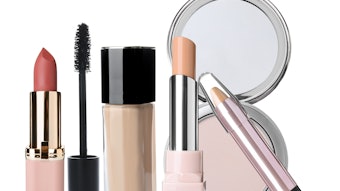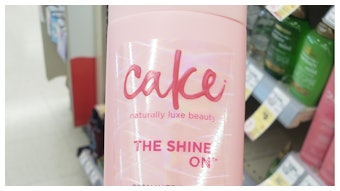
See the complete article in the April 2006 digital magazine.
Much has been written on fragrance chemistry and applications, but many formulators remain unaware of the detailed mechanisms by which aroma chemicals interact with bases. With the daunting complexity of fragrances, no text will resolve all the situations that are encountered. Nevertheless, an understanding of the underlying chemistry can notably enhance the probability of success.
Fragrance is used in most personal care products. Sometimes, its purpose is simply to mask an undesirable base odor; more often it is a key sensory attribute. For some products, such as shampoo and body wash, fragrance may be the most important element in consumer appeal.
Formulators usually view fragrance as a single ingredient, a liquid in an amber bottle, often added at the end of the development process with little regard for its properties. The marketing department treats fragrance by its odor description, demographic appeal and cost. In reality, fragrance often is the most chemically complicated component of the formulation, and understanding its technical aspects is essential for the creation of an acceptable product.










